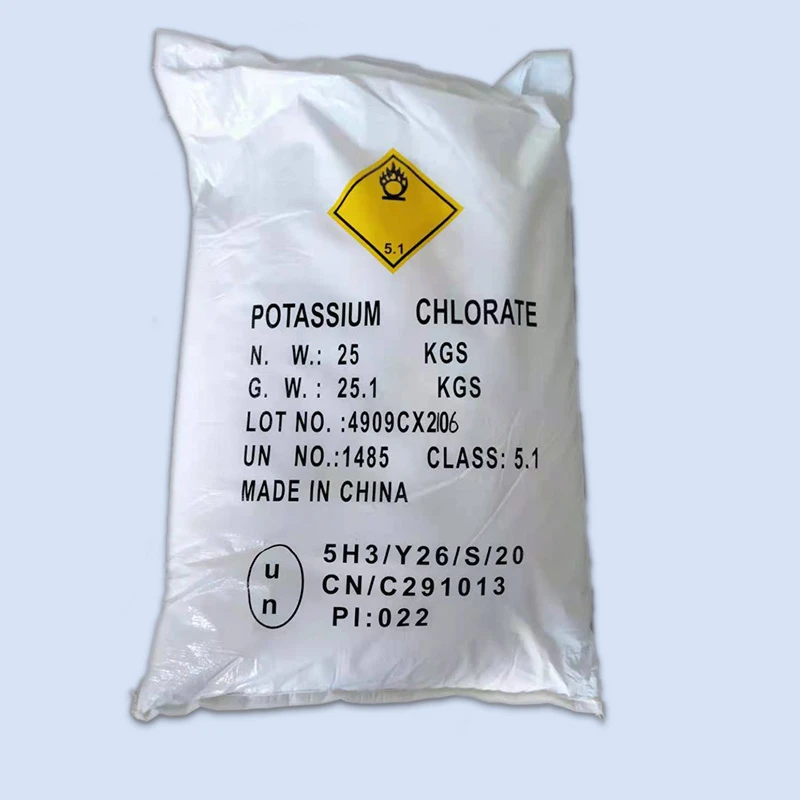



ph range of sodium hydroxide
The pH Range of Sodium Hydroxide An Overview
Sodium hydroxide, commonly known as lye or caustic soda, is a highly versatile and widely used chemical compound in various industrial and domestic applications. Its chemical formula is NaOH, and it is known for its strong alkaline properties. When dissolved in water, sodium hydroxide dissociates into sodium ions (Na⁺) and hydroxide ions (OH⁻), leading to a significant increase in the pH of the solution. Understanding the pH range of sodium hydroxide is essential for its safe and effective use in different fields, including chemistry, food processing, and cleaning agents.
pH Scale Basics
The pH scale is a logarithmic scale ranging from 0 to 14, where values below 7 indicate acidity, values above 7 indicate alkalinity, and a value of 7 is considered neutral. Each whole number change along this scale represents a tenfold change in acidity or alkalinity. For instance, a solution with a pH of 13 is ten times more alkaline than a solution with a pH of 12.
pH Range of Sodium Hydroxide Solutions
Sodium hydroxide, when dissolved in water, produces a strongly alkaline solution. The pH of a sodium hydroxide solution can vary significantly depending on its concentration. A typical solution can have a pH in the range of 12 to 14.
1. Dilute Solutions For a dilute sodium hydroxide solution (for instance, 0.1 M), the pH is usually around 13. This level of alkalinity can effectively neutralize acids and is often used in laboratory settings for titration experiments.
2. Concentrated Solutions In contrast, concentrated sodium hydroxide solutions (1 M or higher) can have pH values close to 14. The handling of such concentrations requires safety precautions, as they can cause severe chemical burns upon contact with skin.
Importance of pH in Applications
ph range of sodium hydroxide

The pH level of sodium hydroxide solutions plays a crucial role in various applications.
- Cleaning Agents Sodium hydroxide is commonly used in drain cleaners and industrial degreasers due to its ability to dissolve fats, oils, and grease. The high pH of these solutions enhances their effectiveness, allowing for rapid breakdown of organic materials.
- Food Processing In food manufacturing, sodium hydroxide serves as a pH regulator and is involved in processes like peeling fruits and vegetables, where its alkalinity helps in removing skins. However, the use of sodium hydroxide in food applications is strictly regulated, and solutions must be carefully controlled to ensure safety.
- Chemical Manufacturing Sodium hydroxide is a key ingredient in the production of various chemical products, including soaps and detergents. Its high pH is essential for saponification, the chemical reaction that produces soap from fats or oils.
Safety Considerations
Due to its highly alkaline nature, sodium hydroxide must be handled with care. Safety gear, including gloves and goggles, is essential to protect skin and eyes from potential burns. Furthermore, any spills should be neutralized with an appropriate acid before cleaning, as the uncontrolled mixing of sodium hydroxide and acidic substances can cause exothermic reactions that release heat and generate hazardous fumes.
Conclusion
The pH range of sodium hydroxide solutions, typically falling between 12 and 14, underlines the compound's strong alkaline properties. This characteristic makes sodium hydroxide a valuable resource in cleaning, food processing, and chemical manufacturing, but it also necessitates careful handling and safety measures due to its corrosive nature. A sound understanding of pH and its implications helps ensure the effective and safe use of sodium hydroxide in various applications, highlighting the importance of proper chemical education and training in industries where this powerful alkaline substance is utilized.
-
Why Sodium Persulfate Is Everywhere NowNewsJul.07,2025
-
Why Polyacrylamide Is in High DemandNewsJul.07,2025
-
Understanding Paint Chemicals and Their ApplicationsNewsJul.07,2025
-
Smart Use Of Mining ChemicalsNewsJul.07,2025
-
Practical Uses of Potassium MonopersulfateNewsJul.07,2025
-
Agrochemicals In Real FarmingNewsJul.07,2025
-
Sodium Chlorite Hot UsesNewsJul.01,2025










